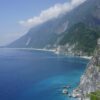Text by IJfke Ridgley
Images by Erica Taniguchi and IJfke Ridgley
As the two-lane Kūhiō Highway pulls away from the coast north of Kapa‘a, the dense foliage pulls in tighter. A sea of green flashes by the car window, undulating under low-hanging clouds and occasionally punctuated by open pastureland or the lone farm stand. It is the dip down onto the Kalihiwai Bridge, where the road seems suspended over miles of canopy, that really captures the drama of Kaua‘i’s north shore. But it’s a viewpoint just past Princeville where the panorama of the awe-inspiring mountain range that embraces the hamlet of Hanalei finally comes into view: a small, picturesque town on the edge of a bay surrounded by rivers and streams and taro farms.
The descent down into the valley to access Hanalei frequently comes with alternating traffic lining up on the one-lane bridge to cross over the Hanalei River. Today, however, the queue is much longer than usual due to rainfall, despite it being a sunny summer day. Large machinery is blocking a lane to clear a landslide covering the road, fallout from the catastrophic flooding that took out this area of Kaua‘i’s north shore in April 2018, when 49 inches of rain fell in a single day. The deluge set the national record for 24-hour precipitation, cutting off access to much of the north shore and leaving hundreds of destroyed homes in its wake.
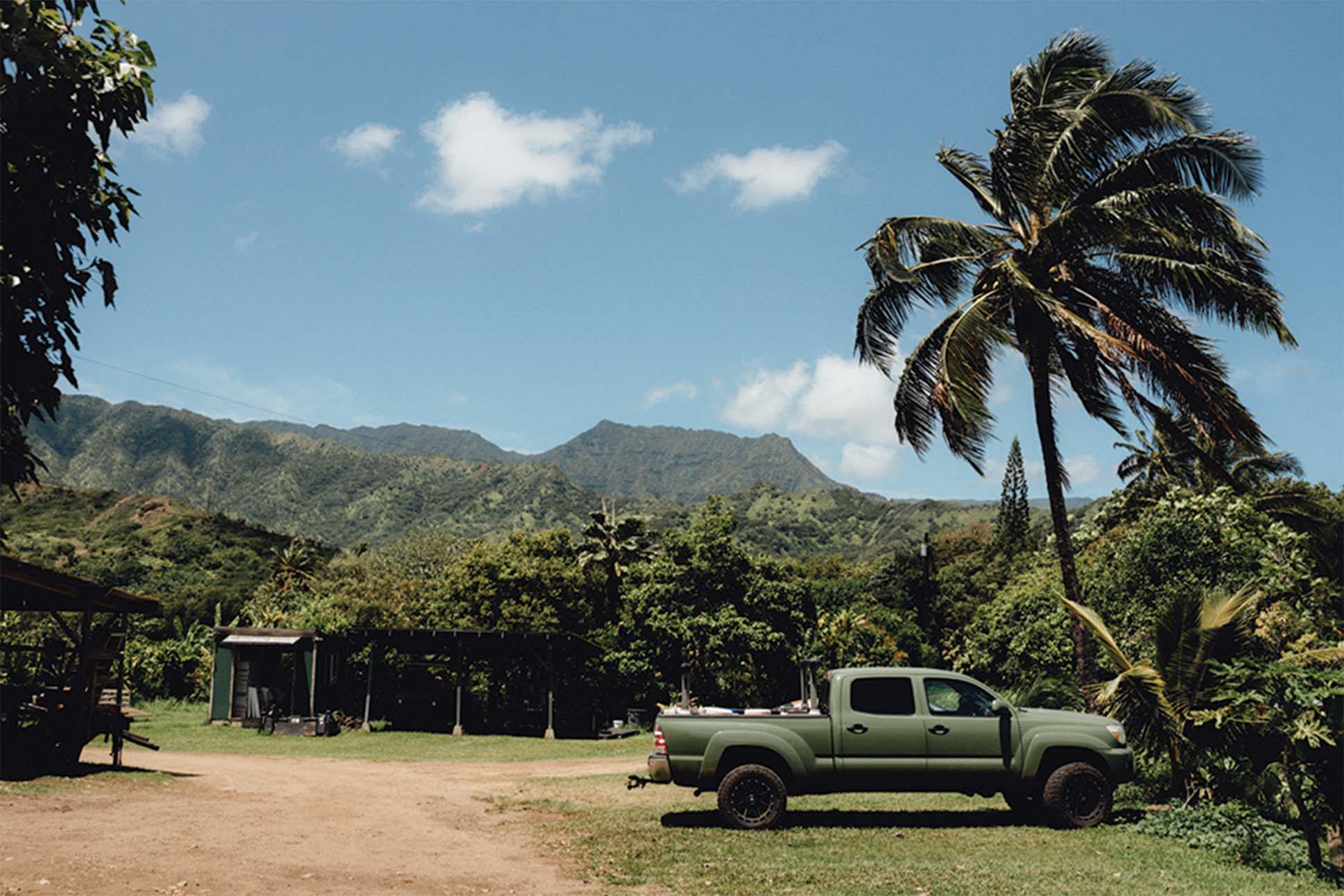
After passing acres of lo‘i (taro patches) and a “Nene Crossing” traffic sign, a reference to the endemic Hawaiian goose frequently found lounging in the ponds and streams of the area, I roll into the heart of Hanalei. A series of plantation-style storefronts and the Ching Young Village shopping center, both vestiges of Hanalei’s rice plantation industry in the early 1900s, make up the majority of the “downtown.”
“As soon as you come over that bridge in Hanalei, it’s like there’s something that lifts off your shoulders and everything slows down a little bit,” says Ryan Hakman, owner of ‘Ohanalei Gallery. When I ask around for the best folks to talk to about the spirit of Hanalei, the same names and businesses pop up, a network of locals for whom this small enclave has been home for decades. Hakman is one of them, his gallery an ode to the town, showcasing art from local talent, vintage Hawaiiana, and products that celebrate the places and stories of old. “Our goal is to tell the history of the people and the characters of this town,” he says.
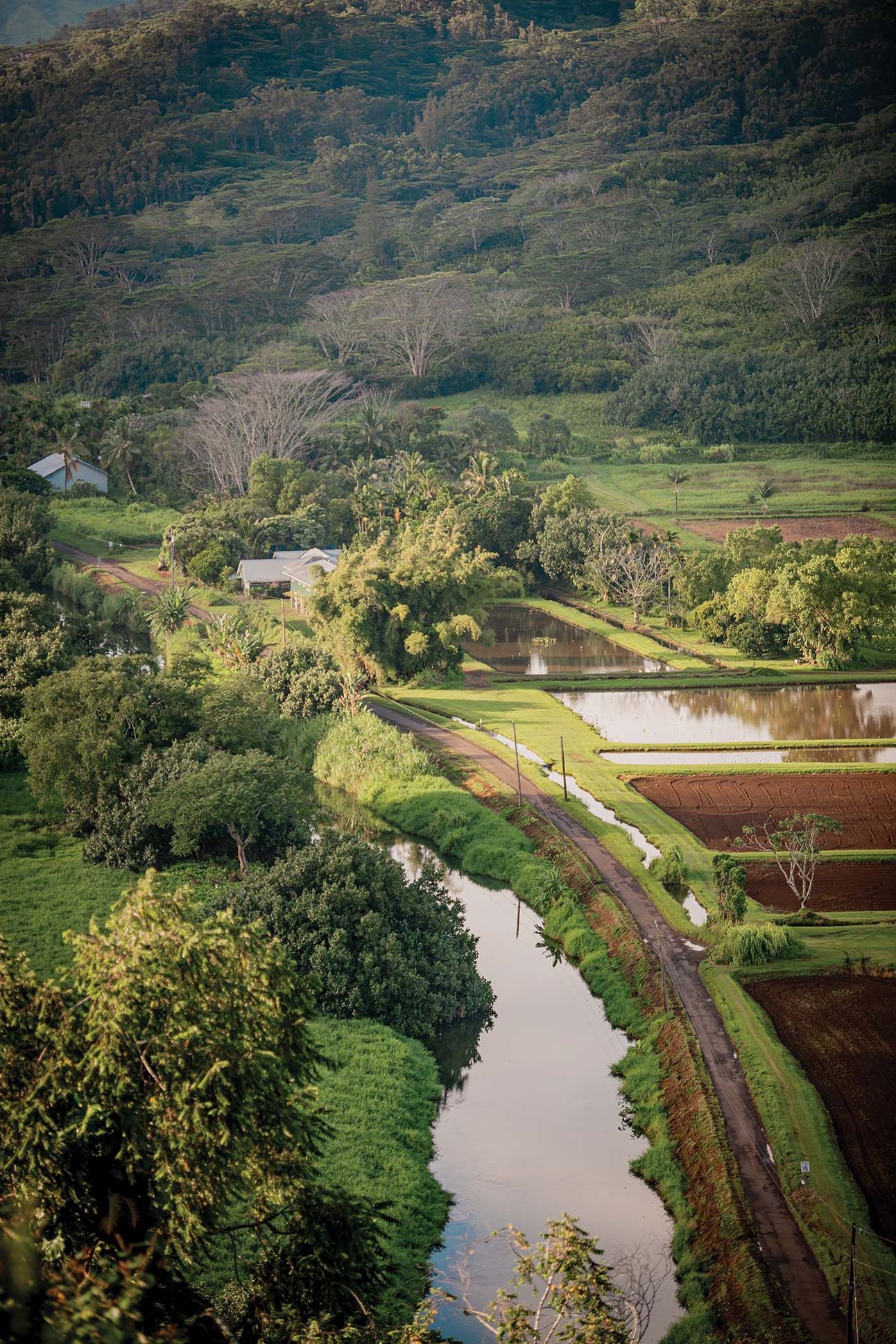
The draw of Hanalei, for locals and visitors alike, has always been its spectacular natural setting. It’s the kind of quiet surf town where everyone goes off to enjoy the surrounding mountains, beaches, and rivers, then returns, salty and sunburnt, to town for a bite or chat. On this visit, though, I am struck by how the demographics of the town have changed, with visitors seemingly outnumbering locals.
“It’s booming,” says Uilani Waipa, who co-owns the bustling boutique ‘Ohana Shop with Koral McCarthy. “We just get a lot of visitors and newcomers.” She opened the bustling boutique with co-owner Koral McCarthy to highlight Hawai‘i artists and carries authentic souvenirs made by mostly local companies. The woven lau hala hats that adorn the walls are made by a hui (group) of older female weavers from around the islands with whom the store has cultivated a strong partnership for almost a decade. The ladies weave whatever styles they feel like, and the hats are always bestsellers.
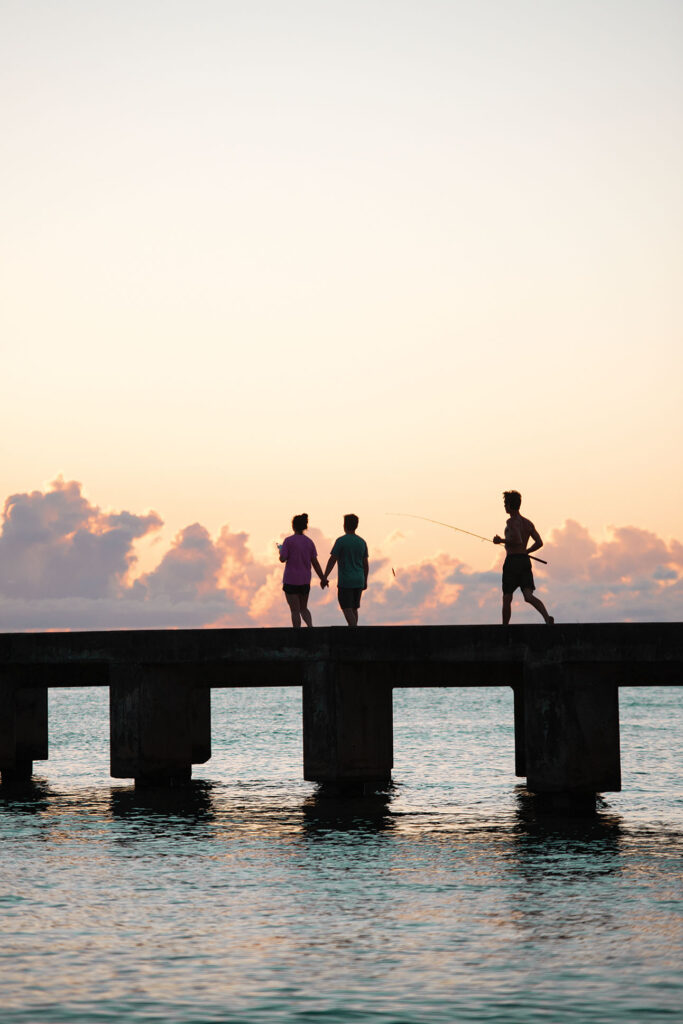
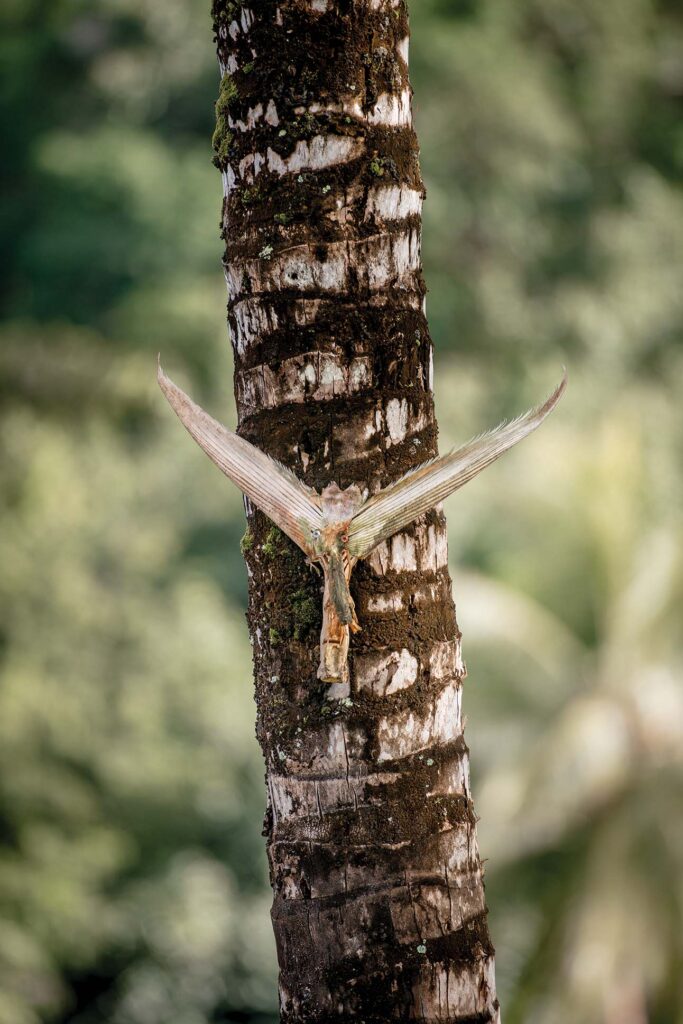
“It’s kind of like a double-edged sword, right?” Waipa muses about the town’s evolving demographics. “It is pushing out everybody that is from here.” During and after the pandemic, remote workers from the continental U.S. relocated to Hanalei, often buying up property sight unseen before arrival—a tale all too familiar in Hawai‘i but felt especially hard in this covetable pocket of Kaua‘i, where housing prices have soared.
“Hanalei used to be the locals’ town, where you drive down the road and you have to wave 10 or 20 different times because you’re seeing everybody, but it’s not like that anymore,” says Sara Saylor, a jewelry maker who grew up in the neighborhood. “We’ve definitely been put on the map. It’s gone from the millionaires’ club to the billionaires’ club.”
The socio-economic disparity can be shocking in a place where multi-generational taro farmers are now living next to the uber-wealthy. As Hanalei continues to convert housing into mostly vacation rentals, many locals have relocated to the neighboring residential communities at the end of the road. I stop at a blink-and-you’ll-miss-it storefront in Wainiha where the general store sells tropical fruit, eggs, and goat cheese from area farmers. Next door, locals wave as they pass Emmalani Lloyd at The Haven, the coffee shop she opened in late 2023 as a communal hangout. Her father, Jeremy, shows up with a traditional alaia surfboard in tow. He and his wife, Ivory, run Lloyd Boards from their house up the street, where they shape boards made from Kaua‘i-grown woods, test them in the nearby waters, and sell them at boutiques in Hanalei.
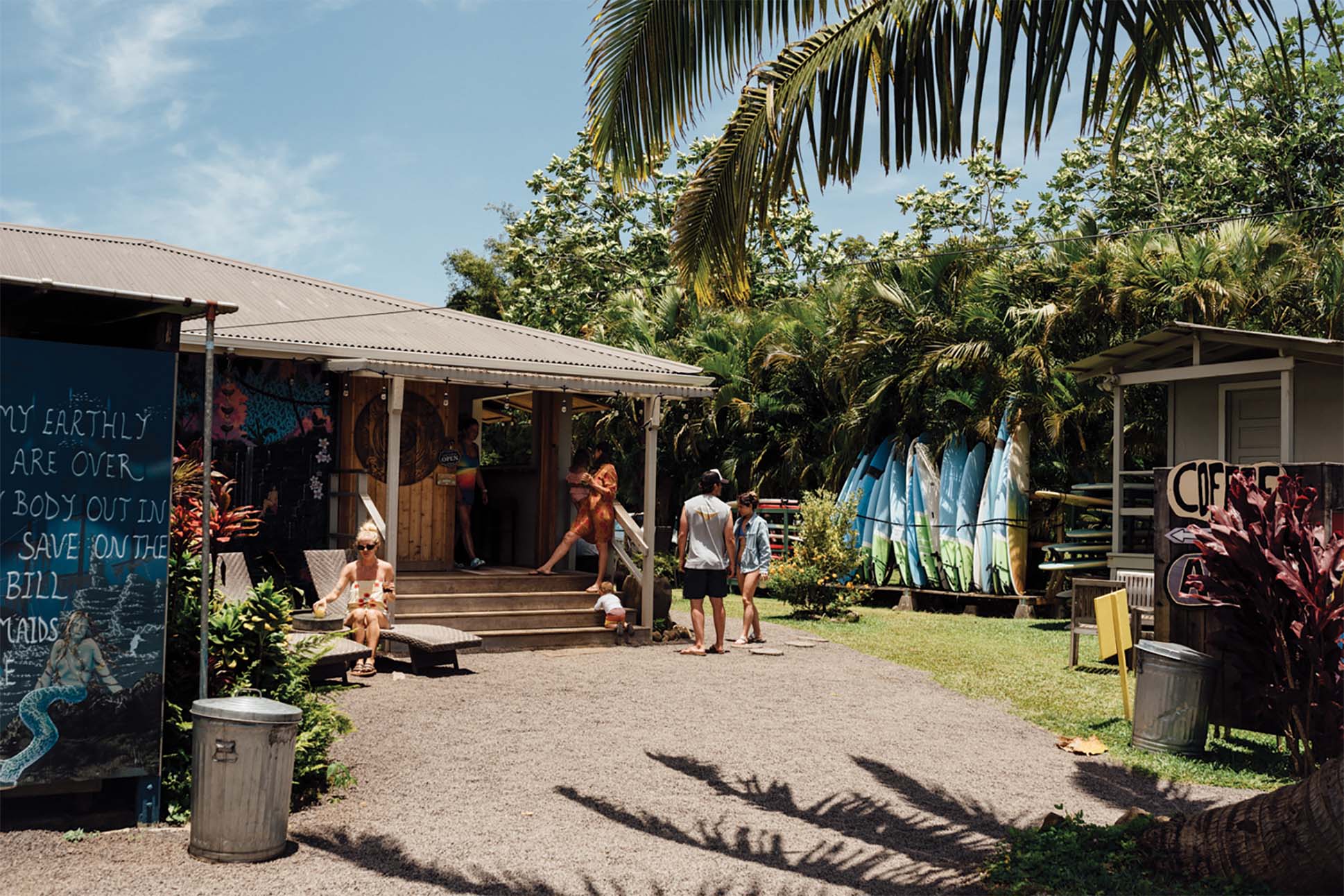
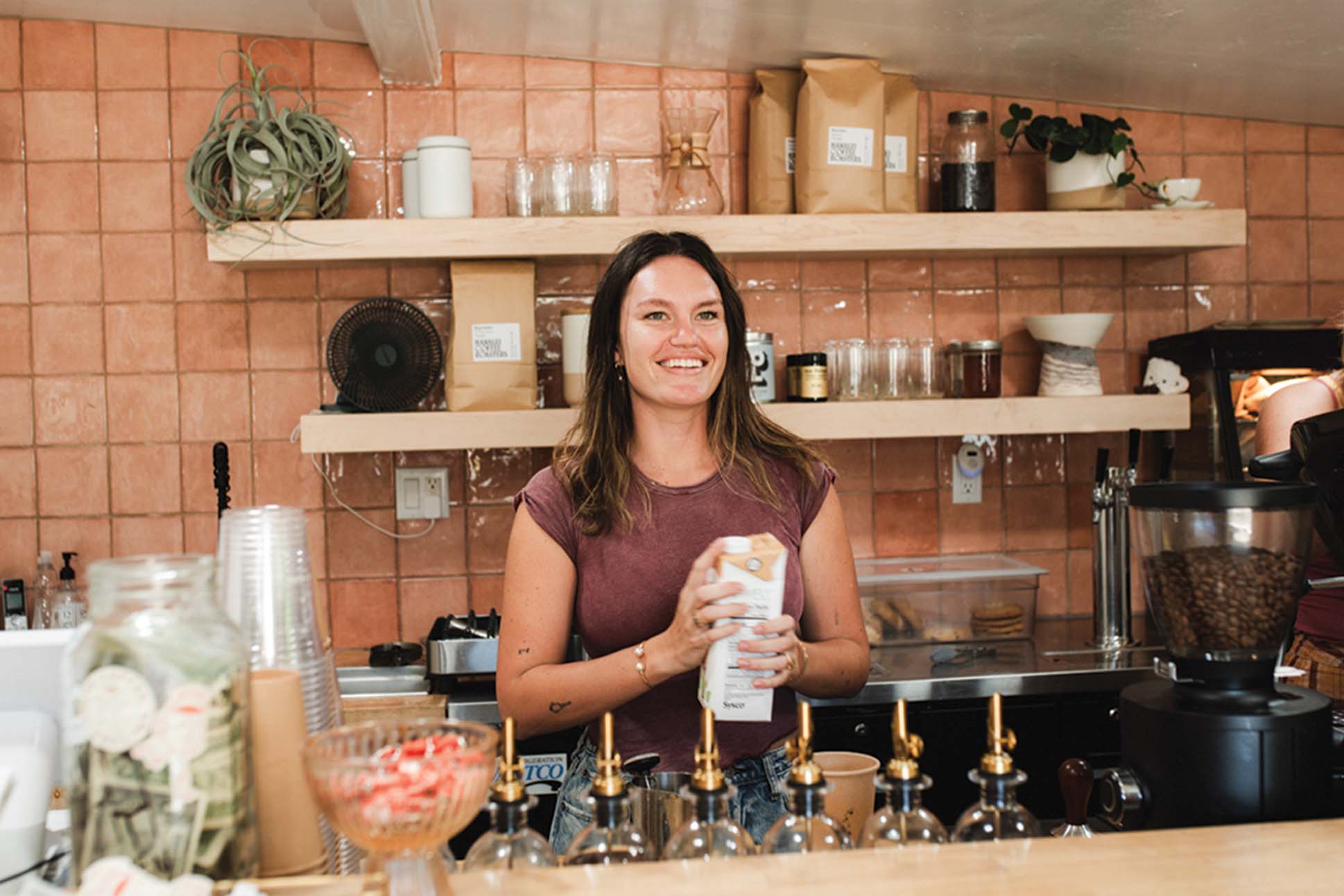
Making my way back over the series of one-lane bridges to Hanalei, I stop for a slice of liliko‘i taro cheesecake found in the self-serve, honor-system fridge at Waipā Foundation, a cultural learning center and food hub committed to teaching Native Hawaiian approaches to natural resource management. The weekly farmers market and Poi Day, a volunteer-driven initiative to process cooked taro into poi and keep the Hawaiian staple affordable, brings the community together.
It’s afternoon now, and the traffic is lining up to leave Hanalei. This difficulty of entering and leaving the area is part of what makes Hanalei special—and what leaves it vulnerable to natural disasters. When the rains in the upper slopes of Mount Wai‘ele‘ele, which supply water to the Hanalei River, threaten to raise the river over 8 feet, the bridge closes, cutting off all access to the town. During the 2018 floods, towns all along the north shore were cut off from each other and left without power or food. For months, residents could only enter Hanalei during certain convoy hours. Though Hanalei eventually reopened to visitors, the areas past Lumaha‘i Beach remained closed to all but residents for three years. First responders after the disaster were other community members, shuttling in by boat or jet ski. “People came together like nothing you’ve ever seen,” Saylor says. “It’s like one big family. When something happens, it affects all of us.”
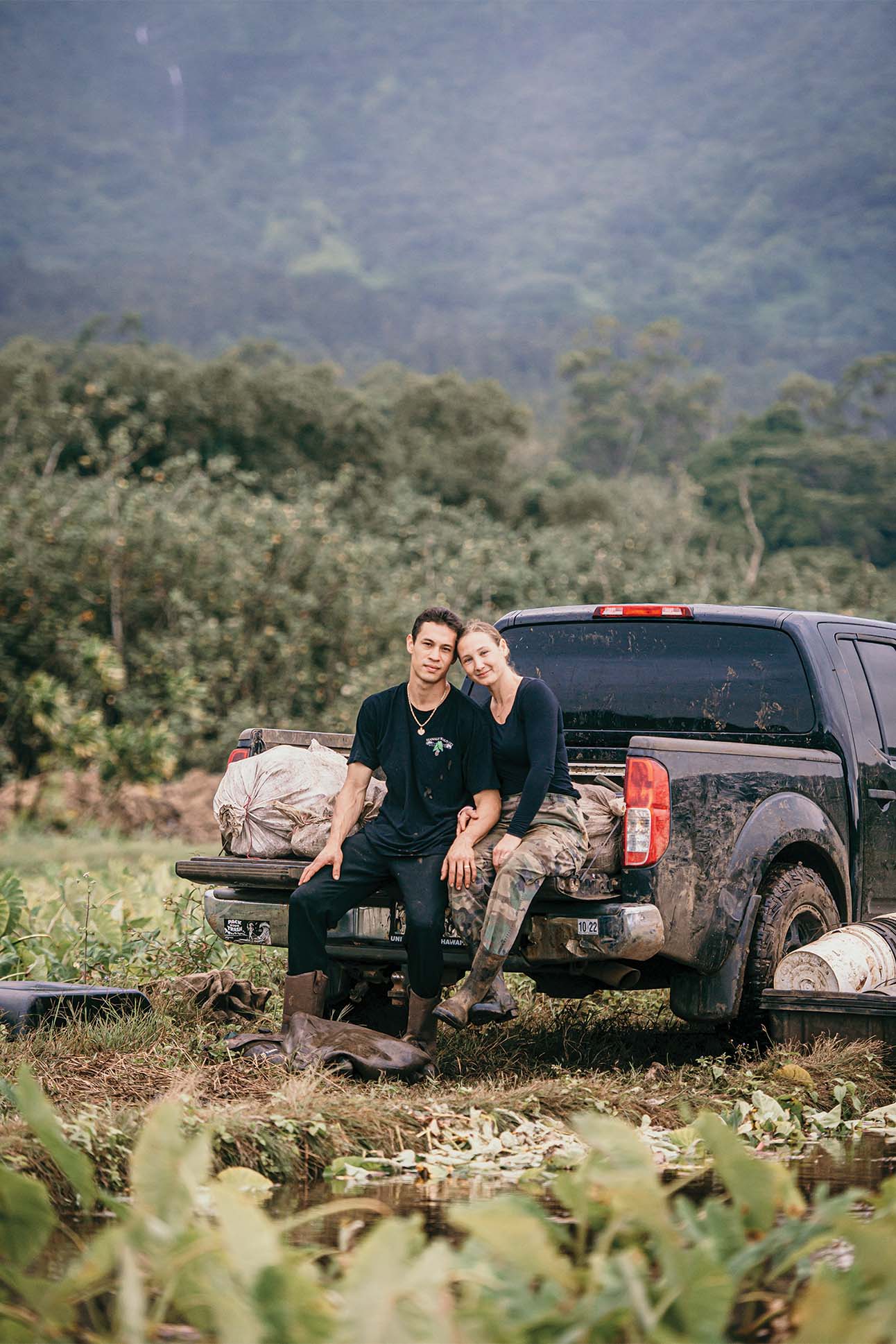
With restricted infrastructure, the town is at the mercy of the weather—and the influx of tourists who continue to be drawn to its many charms. In response to the devastating floods, the community created the Hanalei Initiative, which aims to diversify the Kaua‘i economy and help tackle the unmanageable number of vehicles crowding the area. The nonprofit runs a shuttle service from Hanalei to Hā‘ena State Park, the kickoff point for exploring the iconic Nā Pali Coast, which has reduced the number of cars by 50,000 annually.
The late afternoon sun hovers above the horizon and behind the historic pier that extends into the waters of Hanalei Bay. Kids jump off the pierhead while Tahitian drummers practice under its roof. I walk the shoreline with other locals and visitors, then head into town for a sunset beverage at Ama, a popular ramen restaurant and sister establishment of the tapas mainstay Bar Acuda. Here they serve a Trader Vic’s original 1944 mai tai, a more citrusy, refreshing version of modern, often syrupy-sweet, iterations.
The view from the restaurant’s back garden stops me in my tracks: the three towering peaks overlooking Hanalei—Hihimanu to the left, Namolokama in the middle, and Mamalahoa to the right—are streaked with waterfalls and swirled in mist. I’m reminded of Uilani Waipa’s words, “The area has a lot of power.” But most importantly, when asked about what makes Hanalei special, she says, “the people that live here, the people that are rooted here.”

